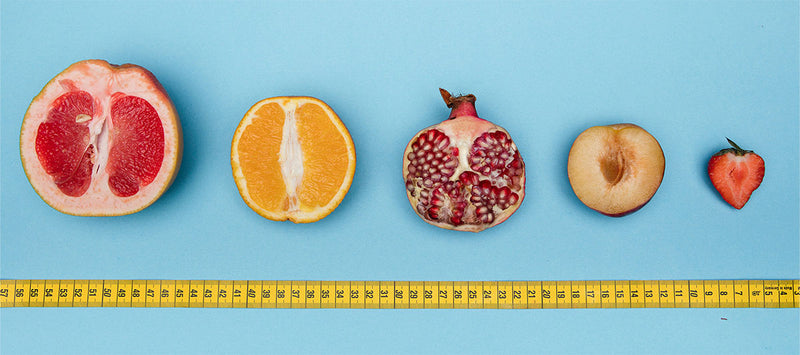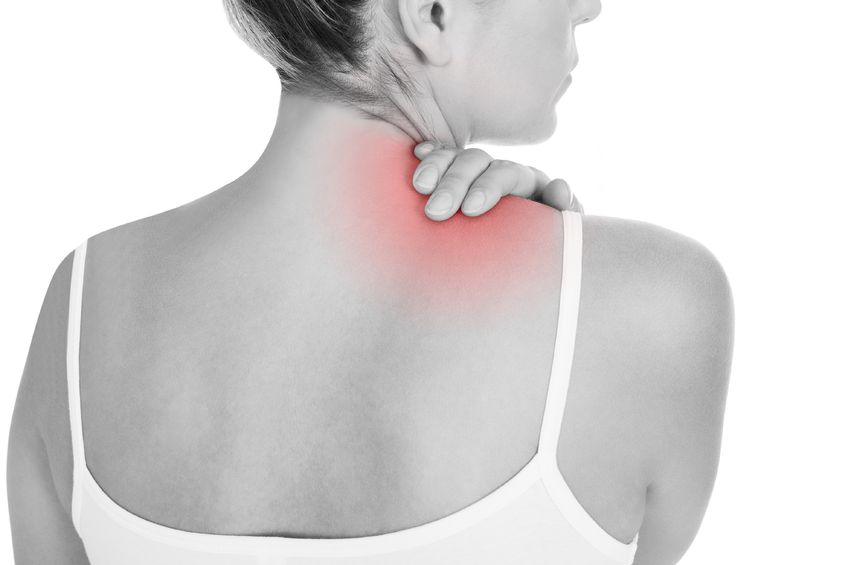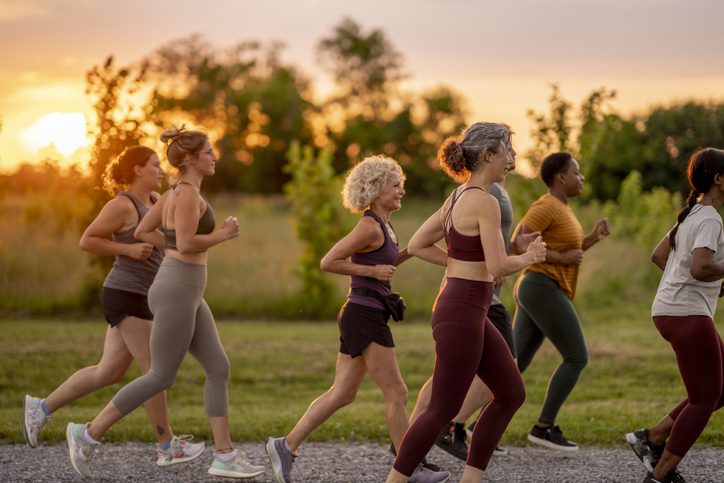When it comes to discussions about body image and health, breast size is a frequent topic—often surrounded by myths, societal expectations, and shifting beauty standards. But how do we define small or large breasts from a medical and anatomical perspective? And do smaller breasts offer any advantages beyond current fashion trends?
This article explores breast size in relation to physical structure, societal perception, and health implications, all backed by evidence-based sources.
Defining Breast Size: What’s Considered Small or Large?
There is no universal medical consensus on what constitutes “small” or “large” breasts. However, some general frameworks exist. Breast size is commonly described by bra sizing, which typically includes a band measurement (e.g., 85 cm or 34 inches) and a cup size (A, B, C, etc.). While subjective, sizes under 85 cm in band measurement with smaller cup sizes (such as A or B) may be categorized as small, and sizes over 100 cm with larger cups (such as D or above) may be seen as large in many cultures.
It’s essential to note that breast size must be evaluated in proportion to a woman’s overall body frame—including height, weight, and shoulder width. For example, a size 100 cm chest measurement might appear large on a petite person but proportionate on someone taller with a broader frame.

Trends in Beauty: The Rise of Natural Appearance
Over the decades, fashion and media have strongly influenced public perceptions of the “ideal” breast size. In the past, fuller busts were often glorified in popular culture, but in recent years, the trend has shifted toward embracing natural body types, including smaller breasts.
Celebrity influence, fashion models, and a growing body positivity movement have all contributed to redefining beauty standards. The focus has moved from exaggeration to authenticity and comfort. This has led to a rise in confidence among individuals with smaller chests and a reevaluation of the benefits of having a smaller bust.
Health Advantages of Having Small Breasts
1. Reduced Risk of Back and Neck Pain
One of the most notable physical benefits of having smaller breasts is the reduced strain on the back, neck, and shoulders. According to a study published in The Clinical Journal of Pain, women with larger breasts (particularly those with macromastia, a condition involving excessively large breasts) are more likely to suffer from chronic pain in the cervical and thoracic spine regions.
Heavy breast tissue places added weight on the upper torso, which can lead to poor posture, muscle strain, and spinal misalignment. In contrast, smaller breasts exert less force on the musculoskeletal system, reducing the likelihood of these complications.

2. Less Sagging Over Time
All breasts are subject to changes over time due to aging, gravity, hormonal shifts, and weight fluctuations. However, smaller breasts tend to maintain their firmness and shape longer than larger ones. This is largely due to the reduced weight and strain on Cooper’s ligaments—the connective tissue that helps support the breast.
As a result, individuals with smaller breasts may experience less sagging with age, helping preserve a youthful appearance without surgical intervention.
3. Easier to Exercise and Move Comfortably
Women with smaller breasts often report greater ease during physical activity. Activities such as running, yoga, and strength training can be more comfortable and require less specialized support. Larger breasts may bounce or shift during exercise, sometimes causing discomfort or the need for high-impact sports bras.

The American Council on Exercise notes that breast movement during exercise can lead to soft tissue damage if not properly supported, especially in individuals with larger breasts. Therefore, those with smaller breasts may experience more physical freedom and fewer complications during workouts.
4. Easier Medical Screening and Detection
During a breast exam, whether it’s a self-examination or a clinical procedure like a mammogram, smaller breasts may be easier to examine thoroughly. According to the National Cancer Institute, early detection is crucial for successful breast cancer treatment, and having less fatty tissue can sometimes allow for more accurate palpation or imaging.
However, it’s essential to clarify that having small breasts does not reduce the risk of breast cancer. The risk is influenced more by genetics, age, and lifestyle factors than by breast size. Still, some studies suggest that larger breasts, due to denser tissue, may make certain tumors more challenging to detect in early stages, particularly in younger women with denser breast tissue.
Mental and Emotional Perspectives
Societal attitudes can influence body image, and many individuals with small breasts have historically faced pressure to conform to unrealistic ideals. However, the growing emphasis on body positivity and self-acceptance is helping reshape these perceptions.
Psychological research supports that confidence and satisfaction with one’s body are more strongly linked to self-esteem and internal validation than to specific physical traits. Choosing to embrace one’s natural form—regardless of size—is associated with improved mental well-being and reduced body dysmorphia.

Dispelling Common Myths
It’s important to address some common misconceptions about breast size:
- Myth: Small breasts cannot produce enough milk.
Fact: Milk production is determined by glandular tissue, not breast size. Women with small breasts can breastfeed just as effectively as those with larger breasts. - Myth: Larger breasts are always more attractive.
Fact: Attractiveness is subjective and culturally dependent. Surveys show that preferences vary significantly between individuals and cultures. - Myth: Breast size correlates with sexual satisfaction or hormone levels.
Fact: There is no scientific evidence linking breast size with libido, fertility, or hormonal balance.

Conclusion: Embracing Natural Variations
Breast size varies widely among individuals and is influenced by genetics, hormones, lifestyle, and aging. While both small and large breasts have unique characteristics, it is clear that smaller breasts offer several health and lifestyle advantages, including reduced physical strain, less sagging, and more ease in medical screenings and physical activities.
Ultimately, the most important takeaway is to appreciate and care for your body as it is. Trends may come and go, but health, comfort, and confidence are lasting.
Sources
- National Cancer Institute – Breast Cancer Screening
- American Council on Exercise – The Importance of a Good Sports Bra
- Clinical Journal of Pain – “The impact of breast size on musculoskeletal pain and posture”
- American Society of Plastic Surgeons – Breast Reduction Benefits
- Mayo Clinic – Breast Pain and Causes
- Cleveland Clinic – Do Breasts Sag More as You Age?
